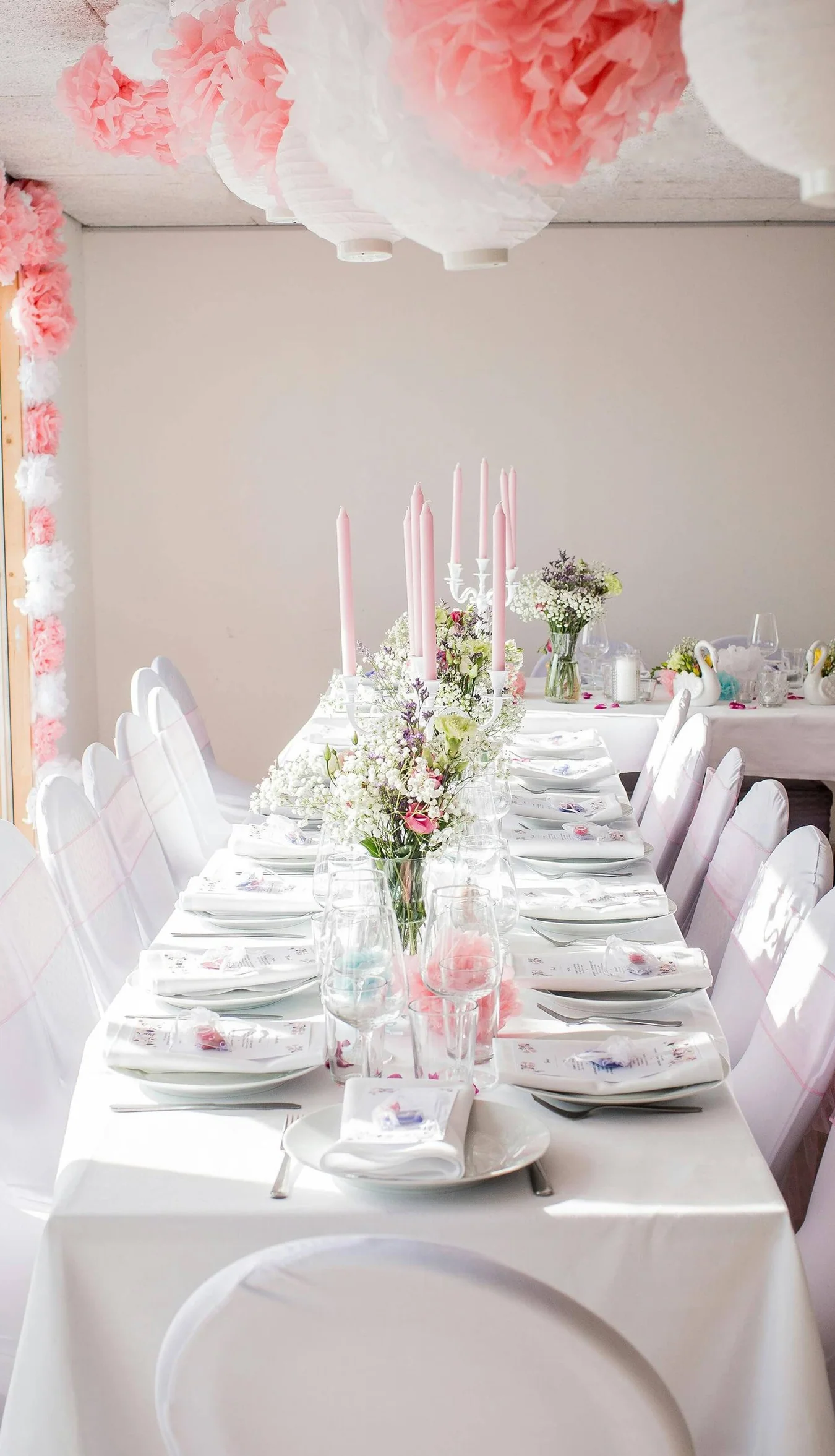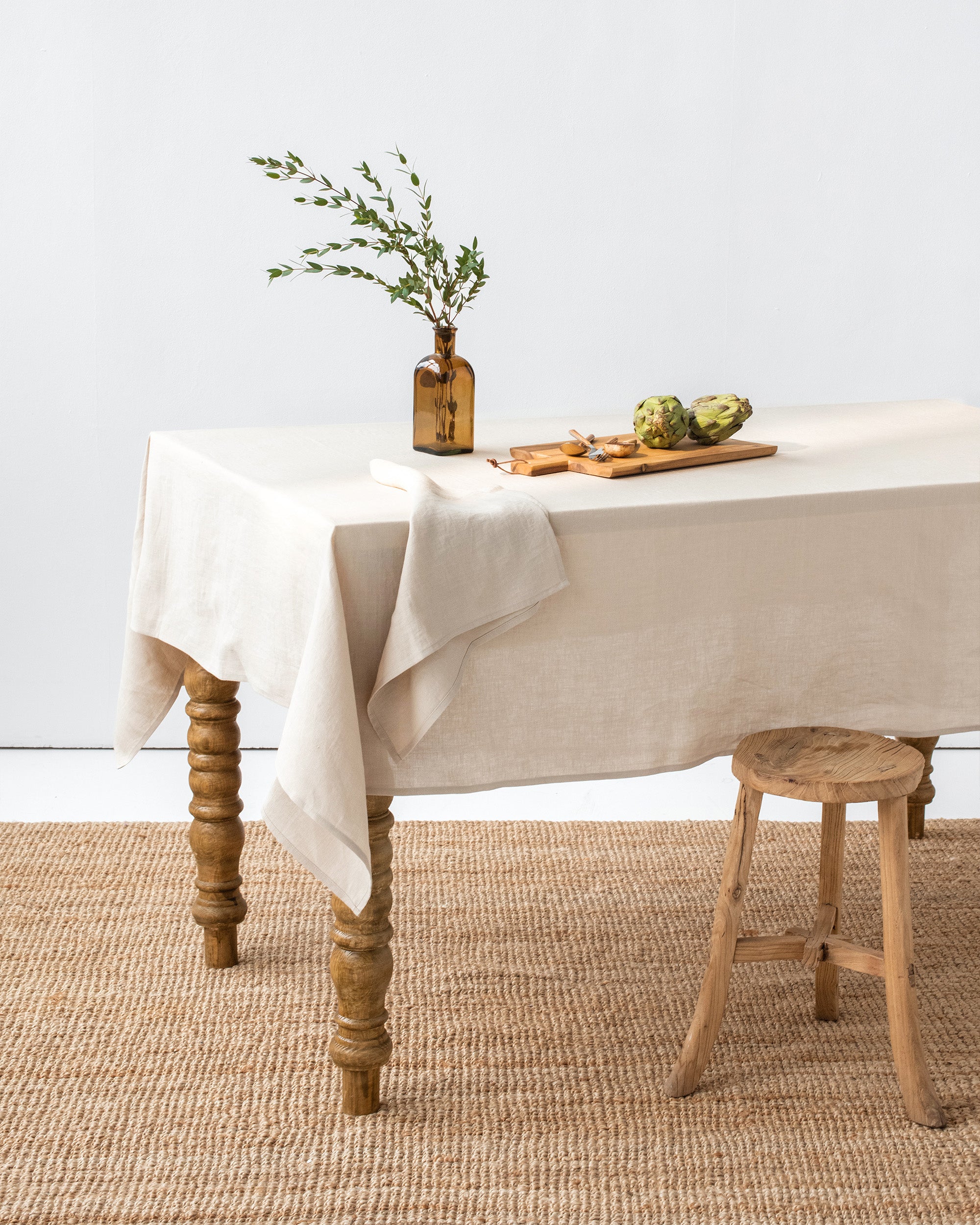Linen Material: Understanding the Origins, Qualities, and Benefits of This Glamorous Natural Product
Linen, the sophisticated and polished textile recognized for its lavish feeling and timeless allure, has a rich background that goes back centuries. Its beginnings can be traced to ancient people that valued its remarkable qualities. Past its historic significance, bed linen possesses distinct attributes that set it apart from other textiles, making it a prominent choice on the planet of fashion and interior decoration (flat sheet). Recognizing the benefits of this all-natural material goes beyond mere aesthetic appeals; it provides a variety of advantages that satisfy both environmental and functional factors to consider. From its flexibility in various applications to its sustainable manufacturing techniques, bed linen continues to influence and mesmerize.
Historical Roots of Linen
Bed linen, a textile with ancient beginnings, has played a substantial function throughout history due to its exceptional buildings and adaptability. Dating back to ancient worlds, bed linen has actually been a valued fabric for its phenomenal breathability, longevity, and elegant feeling. The use of bed linen can be traced to ancient Egypt, where it was made use of for clothes, burial shadows, and even as a kind of currency. The old Greeks and Romans also valued bed linen for its convenience and style, commonly using it for garments worn by the rich elite.
In middle ages times, bed linen remained to be very esteemed, with its production ending up being a significant sector in Europe. The flexibility of bed linen made it a staple fabric for garments, house products, and also cruises for ships. During the Renaissance, bed linen was further elevated in standing, with its use in fine garments and household linens signifying wide range and social standing.
Unique Qualities of Bed Linen
Popular for its extraordinary breathability and resilience, bed linen material boasts distinctive qualities that have made it a favored textile for centuries. One of the crucial features of linen is its unequaled breathability, which enables air to flow with the material quickly.
Another unique quality of bed linen is its remarkable toughness. Despite its light-weight feel, bed linen is one of the greatest all-natural fibers, making it unbelievably durable and durable. Linen textile also becomes softer and a lot more comfy with each clean, improving its charm in time. In addition, linen has an all-natural appeal and a somewhat irregular appearance that offers it a special, glamorous appearance. Its capacity to stand up to dust and discolorations, in addition to its hypoallergenic properties, further add to the attraction of linen as a premium material choice.
Advantages of Making Use Of Linen
With its exceptional breathability and toughness, bed linen material uses a wide range of benefits that make it a preferred selection for various clothes and home things. Among the main benefits of using bed linen is its breathability. Linen fibers are hollow and allow for better air movement, maintaining the body cool and comfy in hot climate. Additionally, bed linen is highly absorptive, capable of absorbing moisture without feeling moist, making it suitable for summer garments.
In addition, bed linen is a sturdy material that comes to be softer and much more comfortable with each clean, making sure durability and reducing the requirement for constant substitutes. This longevity additionally includes its resistance to moths and rug beetles, making linen products less susceptible to harm contrasted to other materials.
Additionally, linen is a sustainable option, as it is made from the flax plant, which calls for less water and chemicals to grow compared to cotton. Its natural fibers are additionally eco-friendly, adding to eco friendly practices. Finally, the benefits of utilizing linen incorporate convenience, resistance, sustainability, and longevity to bugs, making it a attractive and functional choice for various applications.
Versatile Applications of Linen

Moreover, bed linen's convenience transcends the apparel industry, view publisher site locating its area in numerous home design items. Linen drapes bring a touch of understated deluxe to living rooms, permitting all-natural light to filter with while including appearance and depth to the area. Bed linen bed linens is an additional popular option, recognized for its breathability and capability to maintain sleepers cool in the summer and warm in the winter season. Pillow covers, table linens, and even furniture take advantage of linen's versatile properties, adding a touch of class and comfort to any kind of home setting.
Sustainability in Bed Linen Production

Additionally, bed linen is a naturally degradable material, making sure that at the end of its lifecycle, it will naturally disintegrate without harming the environment. The toughness and long life of linen items additionally add to sustainability by minimizing the frequency of replacements. Additionally, bed linen's all-natural protecting residential properties can assist in saving power by maintaining individuals cool down in warm weather condition and warm in chillier environments, possibly lowering the reliance on artificial home heating and cooling down systems. Accepting bed linen as a sustainable choice in fabrics aligns with the expanding global focus on environmentally conscious practices in numerous sectors.
Verdict
Finally, bed linen material has a rich historical background, distinctive features, and various benefits. Its convenience in applications and sustainable production methods make it an extremely sought-after product in different industries. Linen's special residential properties such as breathability, toughness, and moisture-wicking abilities set it besides other materials, making it a luxurious and practical selection for apparel, home fabrics, and various other products. Overall, bed linen continues to be a timeless and eco-friendly option for customers looking for quality and sustainability.
Throughout the Renaissance, bed linen was further elevated in status, with its use in fine garments and household bed linens representing wide range and social standing. (flat sheet)
Distinguished for its exceptional breathability and longevity, linen textile boasts distinctive characteristics that have made it a popular textile for centuries.With its remarkable breathability and toughness, linen textile supplies a plethora of advantages that make it a prominent selection for different clothes and house products. Padding covers, table linens, and even upholstery advantage from linen's functional buildings, adding a touch of sophistication and convenience to any kind of home setup.
Linen's one-of-a-kind residential properties such as breathability, sturdiness, and moisture-wicking capacities useful site set it apart from other materials, making it a functional and luxurious option for garments, home textiles, and other items.